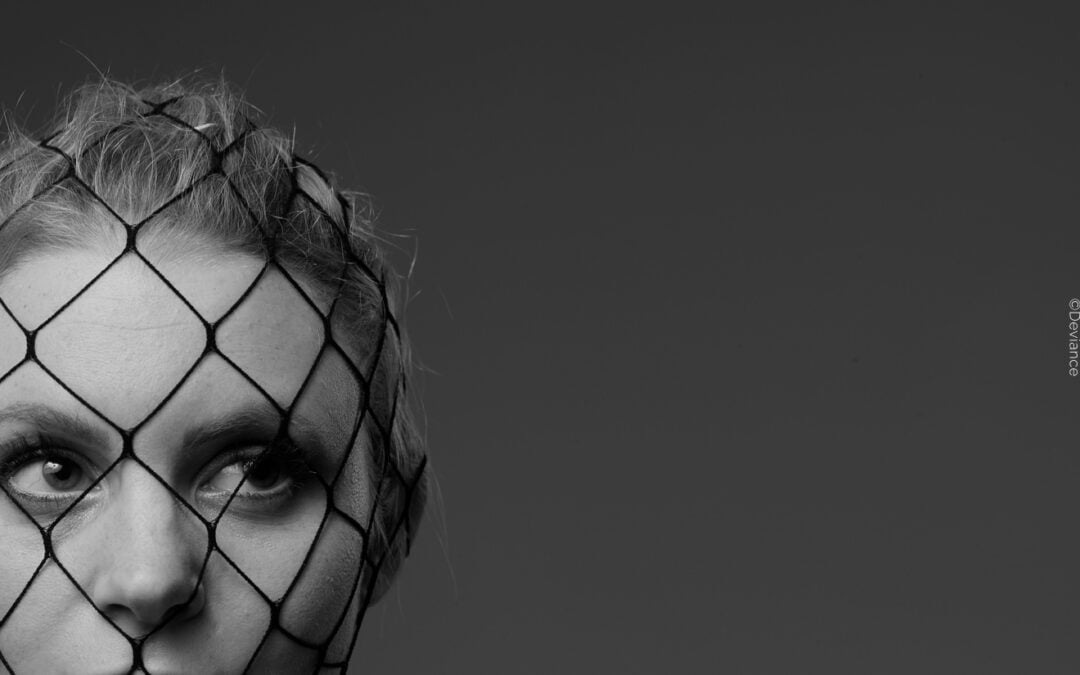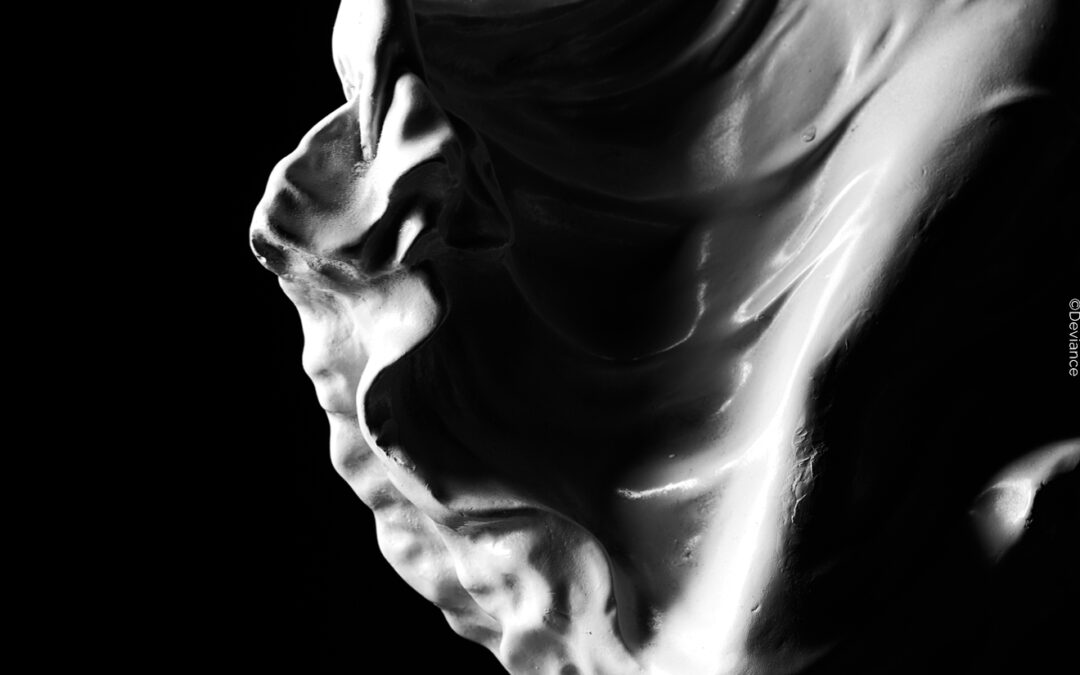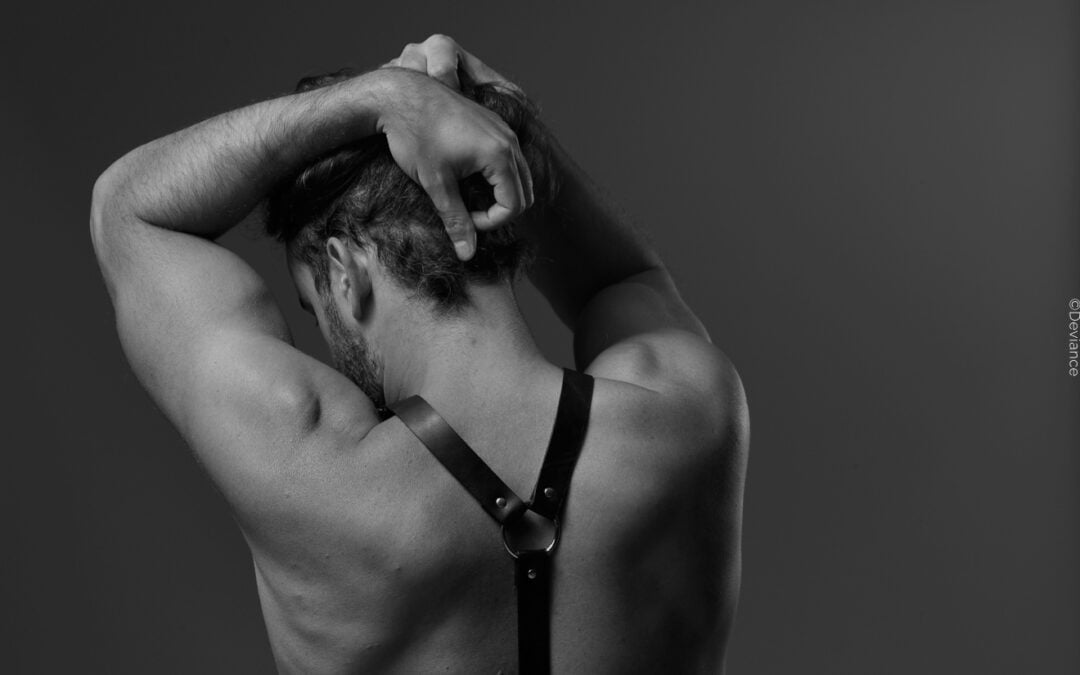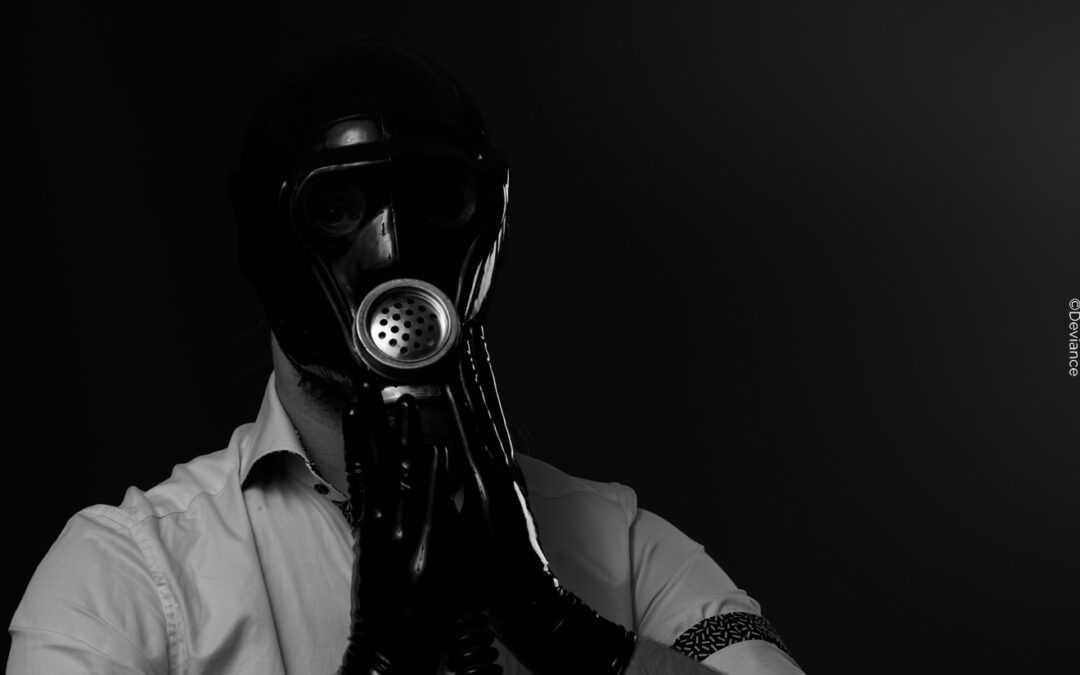What does masochism mean?
The M in BDSM stands for masochism and describes the phenomenon that some people gain sexual pleasure when pain or some kind of suffering is added to them. This can refer to both the physical and psychological realms, but most often masochism and related terms describe the physical level.
In contrast to most medical terms, masochism is neither of Greek nor Latin origin, but is based on the surname of the writer Leopold von Sacher-Masoch (1836-1895), who published the novella Venus in Furs, among other things. A literary work that takes up the submissive image of a man towards a woman and was later made into several films. Sacher-Masoch became known above all for his imagination and art of aesthetically formulating the instinctive desire for pain and submission.
Closely related is the term sadism, named after the Marquis de Sade. This term describes the opposite, i.e. the sexual desire to inflict pain on other people. As sadism and masochism are closely linked in the BDSM field, the term “sadomasochism” was coined. In common parlance, this term covers all sexual practices that deviate from the socially accepted norm and are associated with a combination of pleasure and pain.
For a long time, sadomasochistic preferences were classified as mental disorders, even if they were consensual. However, this changed in 2013 with the publication of the fifth edition of the Diagnostic and Statistical Manual of Mental Disorders. In this new revised version of the world’s leading guide to psychiatric diagnosis, sadomasochism was removed as a paraphilia.
A preference for sexual activity which involves the infliction of pain or humiliation, or bondage. If the subject prefers to be the recipient of such stimulation this is called masochism; if the provider, sadism. Often an individual obtains sexual excitement from both sadistic and masochistic activities.
The World Health Organization’s definition
What is the appeal of masochism?
Since pain and sexual pleasure are mutually exclusive for most people, masochism is incomprehensible to many. However, pain, like pleasure, is a complex subjective sensory perception.
Pain is first and foremost a signal to the brain that the body is being harmed. Irritated nerves that send out electrical impulses. However, the perception of this signal can be very stimulating for some people. From a rudimentary point of view, sexual pleasure is also a reaction of our nerves to stimulation. For some people, these sensations are very close to each other.
Even if masochism describes the phenomenon of gaining pleasure from pain, this act must usually be carried out with intention and premeditation in order for it to be arousing. Although there are certainly Masochists who can eroticize pain that is not caused in a BDSM session, such as vigorous massages, medical examinations or oppressive clothing, most of them do not feel pleasure from a stubbed toe, for example.
Why does someone become masochistic?
Why and how exactly masochism develops has not yet been conclusively clarified. Moreover, the current theories do not necessarily match the perception of the community. However, a basic distinction is made between psychological and physical causes.
When it comes to psychological causes, the image of an inharmonious family life is often used, which led to tantrums, excessive demands and repressed feelings in childhood. Sometimes childhood games in which the child consciously took on the role of a victim are also cited as a trigger for masochistic preferences.
As a physical cause, some experiments have shown that the signal of pain is neurologically different in masochists and is, for example, directly linked to the release of endorphins, also known as happiness hormones. This is important insofar as many masochists believe that there is something psychologically wrong with them and that they judge themselves for their tendencies. But it’s just a question of neurochemistry.
What to look out for in masochism
Not every masochist is the same and not everyone likes the same types of pain. Some are aroused by pain of all kinds, while others can only derive something positive from one particular kind. While masochism usually describes physical pain, some define themselves only as psychological masochists who want to be mentally subjugated and humiliated.
Before venturing into sadomasochistic games, it is extremely important, as with all other types of BDSM, to carefully consider the dangers and limits. Both your own limits and those of the other person. Safewords, a traffic light system or a scale can help to guide the person performing the act to the desired level of hardness. The submissive partner should show which pain is exciting or perceived as borderline. Both play partners should be well informed, take safety precautions and deal extensively with aftercare.
With advanced masochists, there is a risk that the types of play will have to be increased more and more, become more and more intense or that practices will be carried out carelessly and inconsiderately. Especially with practices such as impact and breath play or the use of needles, there is a risk of injury if performed improperly, which can cost lives.
The topic of self-harm is also repeatedly mentioned in connection with masochistic tendencies. Since acts of self-harm or self-punishment during masturbation can certainly be part of one’s own sexuality exploration, there is not necessarily a problematic connection here. However, as with masochistic acts with a partner, there is a danger if they become addictive and have to be increased immeasurably in order to feel pleasure or reach orgasm.
What types are there?
As early as 1886, the German-Austrian psychiatrist and forensic pathologist Richard von Krafft-Ebing used the scientific term masochism, which goes back to Sacher-Masoch. He spoke of the sexual pleasure of suffering, the experience of pain and the endurance of humiliation and degradation. Over the centuries, the term has been repeatedly redefined and further developed in philosophy and psychology. However, there is no established contemporary definition. The best-known ones come from Ernst Bornemann and Sigmund Freud.
Masochism according to Sigmund Freud
The latter differentiated between three categories of masochism. Firstly, erogenous masochism, which, according to Freud, arises during the developmental phases of the libido in childhood. This is a very physical masochism in which sexual pleasure increases in proportion to the pain.
Secondly, the founder of psychoanalysis mentions feminine masochism, which describes the erotic tendency towards punishment, submissiveness and suffering. People with this tendency put themselves in an infantile situation, want to feel guilty, want to be punished and get caught. According to Freud, feminine masochism is rooted in the relationship between child and mother.
According to Freud, moral masochism is a kind of sadism against oneself, based on a tension between ego and superego and the result of a cultural repression of drives. By suppressing certain culturally undesirable aggressions, these are eventually directed against oneself.
Masochism according to Ernst Bornemann
Other, more modern definitions date from the 1960s and 1970s by the sex researcher Ernst Bornemann. He also differentiates between three categories and includes non-sexual masochism.
In non-sexual or psychological masochism, a person derives emotional satisfaction from humiliations and defeats in social life or in everyday life and deliberately brings about failures at work and in private life.
In contrast, a person with sexual or conjunctive masochism derives pleasure from the oppression of their sexual partner. This can also lead to self-harm during the sexual act.
In so-called perverse or compensatory masochism, a person experiences sexual pleasure solely through physical pain and humiliation. In this case, the sensation of pain and the sexual satisfaction obtained from it replaces the sexual act.
And what do BDSM fans say about this?
Within the BDSM scene, an informal distinction has been established in three categories, which relate more to the preference of the type of pain and thus physical masochism.
On the one hand, there is the stinging pain, which is very punctual and intensely concentrated on one spot. This type can be caused by specific BDSM practices such as needles.
Blunt pain, on the other hand, is usually characterized by the fact that a larger area or a larger muscle group is affected. It often goes deeper, bone-deep as some would say, and echoes dully. This type of stimulus is produced, for example, by hitting with a paddle.
The third type of pain is pulling pain, which is characterized by a smaller radius compared to dull pain, but is not as localized as stabbing pain. It triggers a more intense, burning, sharp sensation. Cane sticks, for example, are well suited to triggering this pain.









